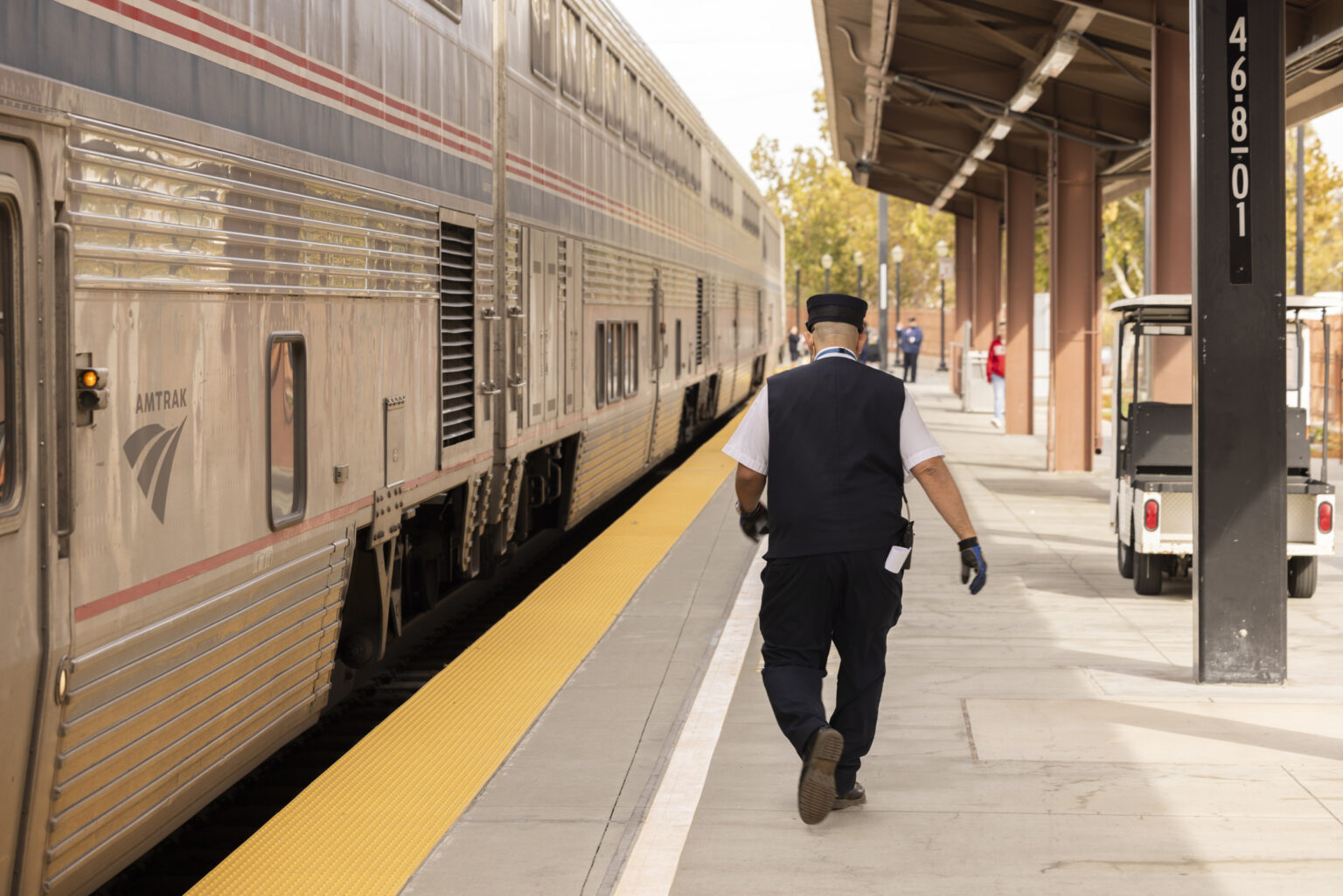The California High-Speed Rail Authority has released new information on construction progress and ongoing job creation across the state this week, describing the latest infrastructure milestones as “momentous achievements.”
In an update on Thursday, the largest high-speed rail project in the country said 53 of the 93 structures required for the first phase had finished construction.
Why It Matters
California’s high-speed rail project has attracted political scrutiny from President Donald Trump, who criticized the state’s rail efforts and threatened to eliminate federal funding.
Originally approved by voters in a 2008 ballot initiative, the track seeks to connect two of California’s most important cities—Los Angeles and San Francisco—via the Central Valley, linking with several smaller areas that have historically not benefited from transport infrastructure. The project has been delayed several times and required additional federal funding in 2019. Trump has branded it a “waste” and a “green disaster.”
What To Know
The California High-Speed Rail Authority has announced the completion of 53 structures and almost 70 miles of guideway between Merced and Bakersfield since construction began.
The finished structures include the 4,741-foot San Joaquin River Viaduct in Fresno and the Hanford Viaduct in Kings County, which the authority described as the largest structure in the Central Valley for high-speed rail.
“These are momentous achievements,” Ian Choudri, the CEO of the California High-Speed Rail Authority, said in a news release.
“Combining feats of engineering, complex logistical and legal coordination, and, on average, the labor of more than 1,700 workers in the field every day, mostly in Fresno, Kings, and Tulare Counties,” he continued. “In total, 53 structures and 69 miles of guideway have been completed.”
In a 14-page letter to the Federal Railroad Administration, Choudri also disputed allegations that the project had made “minimal progress” and rejected claims that there would be a $7 billion funding gap that could damage future progress.
Choudri referenced California Governor Gavin Newsom’s proposed extension of the Cap-and-Invest program, which is expected to provide at least $1 billion annually through to 2045.
The city of Millbrae and the California High-Speed Rail Authority recently resolved a legal dispute that had threatened to delay new station construction. Terms finalized in the agreement guarantee Millbrae land-use oversight and integration of high-speed rail with systems such as BART, Caltrain and SamTrans.
The authority said more than 15,300 construction jobs had been created since the project’s initiation, with the majority filled by Central Valley residents.
What People Are Saying
Ian Choudri, the CEO of the California High-Speed Rail Authority, said in a June 12 news release: “Termination of the Cooperative Agreements is unwarranted and unjustified … The Authority’s work has already reshaped the Central Valley. We have built many of the viaducts, overpasses, and underpasses on which the first 119 miles of high-speed rail track will run.”
Millbrae Mayor Anders Fung said in an April news release: “This is a momentous milestone for Millbrae. This historic settlement represents our commitment to realizing our true potential—where high-quality public transit integrates with housing and economic development to energize the future of a thriving city.”
What Happens Next
“Construction progresses every day on the California high-speed rail project,” the authority said in its update, adding that “30 additional structures are currently under construction between Madera, Fresno, Kings, and Tulare counties.”
Read the full article here

